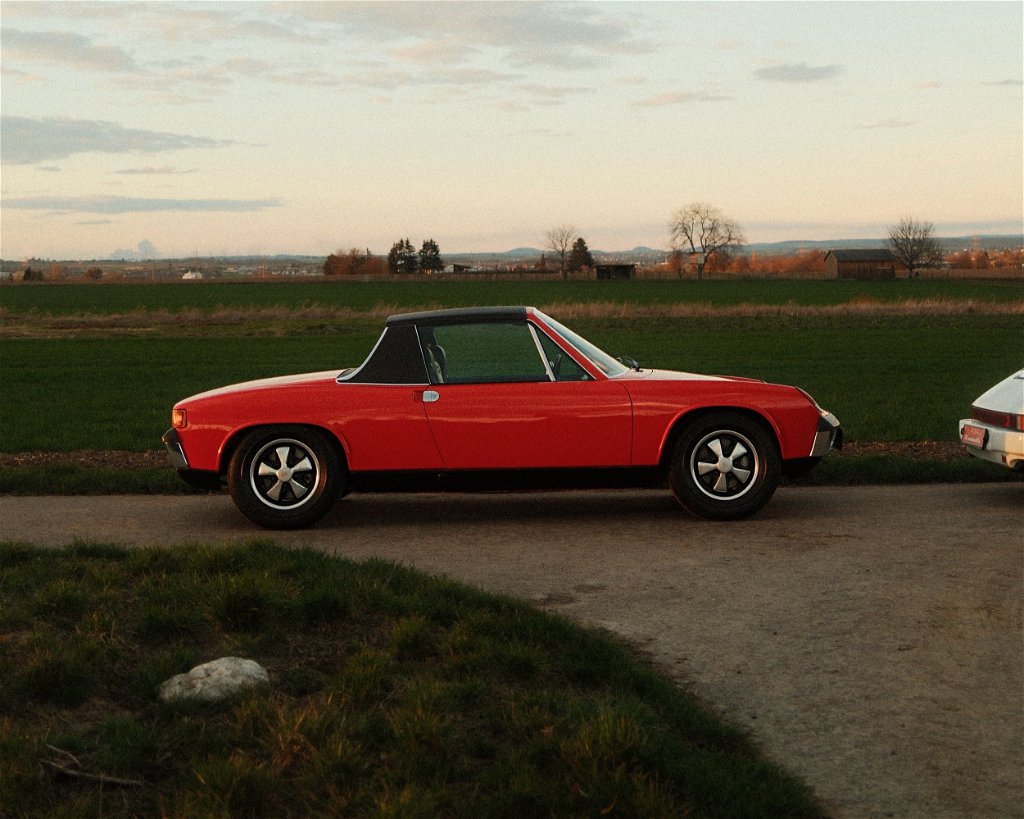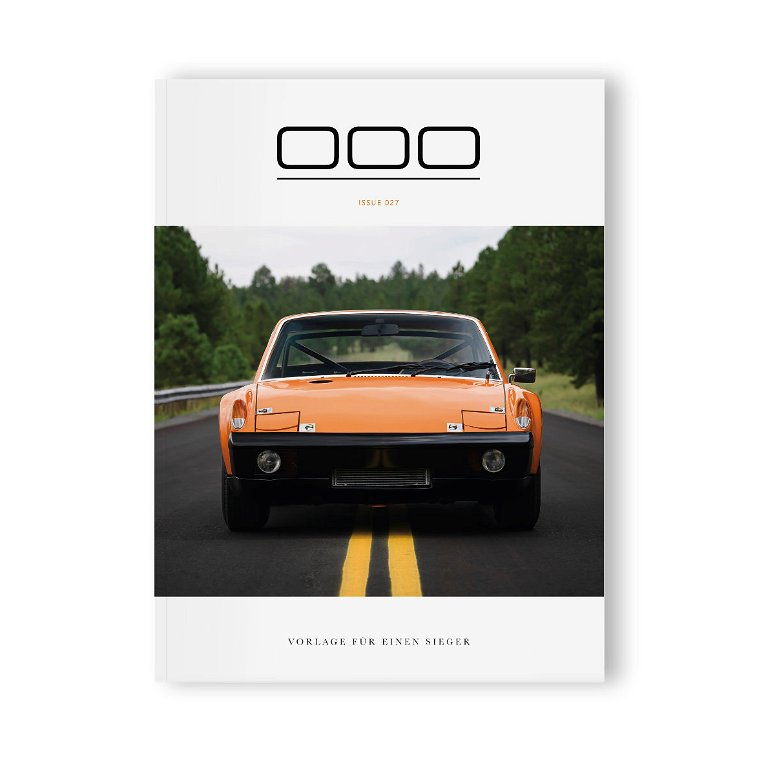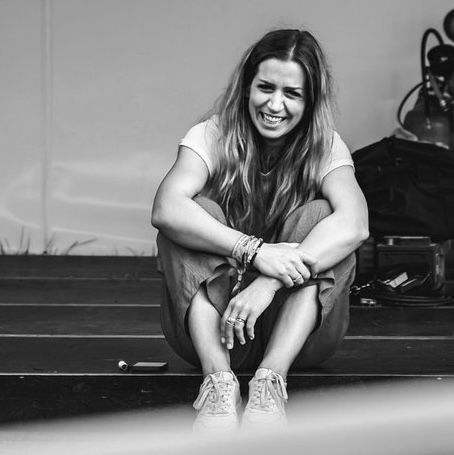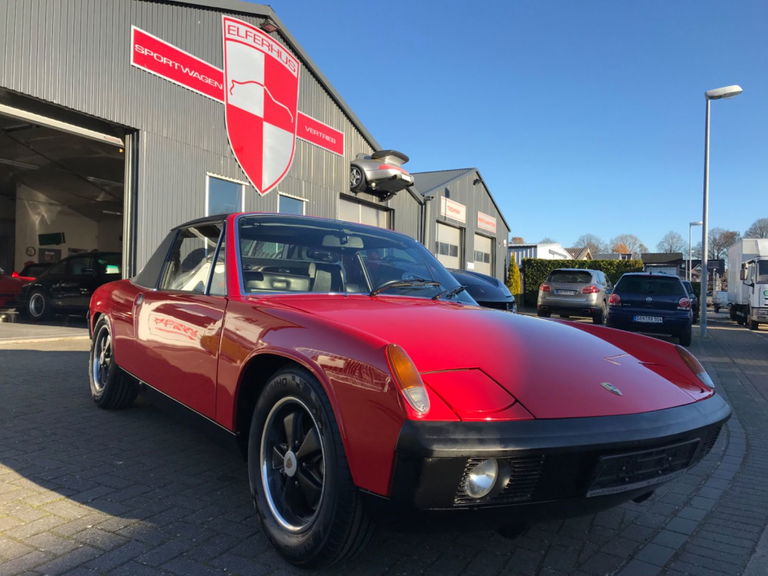So please forgive us that the presentation of this Porsche 914-6 goes beyond the usual framework in many respects. We make a real effort to ignore the thousands of hours put in by the builders. It is very difficult because this fact of incredible concentration on the set goal, which is often experienced first hand, always remains more or less present and gives the details appropriate weight.
Let's start with very mundane things, such as a simple plastic rivet that was used to fasten the aluminum sill panels of the 914 at the factory back in the 70s. We haven't seen these rivets on a more or less well restored 914 for decades.
The why is quickly answered. Starting with the client's requirements, the craftsman who carries out the work only acts rationally and logically – a rivet made of aluminum lies on a well-stocked shelf in the workshop and does not have to be searched for all over the world, it does its job no worse than the plastic rivet in question, and the client Doesn't know any better or doesn't want it to be better, more original, if possible like it came from the factory. It doesn't slow down the momentum of assembly, and in the end, very few people looking at the finished car will recognize the wrong aluminum rivet.
Only the very intimate connoisseur discovers this one detail that makes the difference to a correctly and conscientiously restored 914-6 from another provider.
And now imagine that in the example offered here you can find not just one of these “seemingly” inconspicuous details, but HUNDREDS!
In order not to get into the thousands, we would like to mention at this point just a few of these seemingly inconspicuous details, which make the indescribably time- and cost-intensive difference between a good, 90% restoration and one like the one described here, which does not compare to the 90th % satisfied.
For example, there are the new, original heat exchangers and the assembled muffler from the original manufacturer Bischoff with the stamp of the manufacturing date “04/70”. Searched for our NOS copy, found it, paid for it practically worth its weight in gold and finally installed it. We continue with the original heating flap boxes /6 specific, searched for, found and installed using the same procedure. NOS (New old stock) – taillights, low beam and high beam inserts, indicators, interior light, insulating carpet in the rear trunk, interior carpet/floor mats, footrest in the passenger compartment, the flocked seat cushion of the emergency seat cushion, the front fenders and the rear side walls, the 914/6 rear apron, the front apron, the original 914/6 Hirschmann radio antenna along with the original radio kit, the ashtray, the cigarette lighter, the tinted windshield “Made in Germany” from Sigla, the relay board, the Oil tank and the fuel pump or, for example, the master brake cylinder and countless other parts.
All of these parts mentioned can now also be purchased from suppliers who focus on reproducing such aftermarket products. Without judging the quality of these parts that are available again – they do their job more or less well and make a total rebuild much easier.
Not so with our vehicle.
The aim of this probably unique reconstruction was as much as possible 100% craftsmanship, historical and original-oriented perfection. The approach to this restoration is, at least for us, unprecedented. We don't know of any vehicle in our wide circles that has been restored in this way. As you can see from the hastily taken photos and provided here, we are not showing you the overall shots in advance, but rather ask you to pay attention to the details.
For example, you won't have seen restored and reused cable lugs from the 1970s on the headlight motors for decades. You will almost certainly be denied this view for years to come. A hose for the windshield washer system can be cut and installed in meters from a roll. Removing the same, but 54-year-old, original plastic scarf, cleaning it completely and using it again is the fine art of restoration in the truest sense of the word, which has a lot to do with patience and an almost stubborn attention to detail. Please do not believe that the reason for such work is to be found in austerity measures. On the contrary, this procedure costs many times what a new hose would have cost. However, this would have left the red line that was intended from the beginning, making it unacceptable for our hero.
Hats off, our deep respect and congratulations at this point, M.! With this 914-6 you have reached the Champions League of restoration!
The presented 914-6 is of course completely “matching” in color, engine number, transmission, interior, order number, chassis number. According to Porsche AG confirmation, it was first delivered in Germany/Ratingen, then after around 20 years it came to the Baden-Württemberg area in the beautiful Schorndorf in the Remstal, where it was allowed to slumber in a garage for around 20 years, and then from 2016 to 2018 to be put into the state that is visible today.
All of its technology, its body and its electrics have been driven around 5,100 km under the best conditions after being completely rebuilt.
There are certainly some people interested in the few original 914-6s out of only around 3,300 built in total who are content with less originality and quality in the execution of the restoration. First and foremost, you will certainly save a few thousand euros. Furthermore, it is up to each individual how they find peace of mind.
For the perfectionists, who are probably in the minority, who own and want to drive a 914-6 with reference characteristics, we offer this magnificent car. It probably costs a little more than supposedly comparable offers. It costs far less than it cost to build and the report shown in the photos shows.
However, compared to the few other original 914-6s, it is worth every cent and – to put it bluntly – it is a damn stroke of luck that it is even offered.
We assure you with the best recommendations – you will never find a 914-6 like this again.
Your dls team

























































